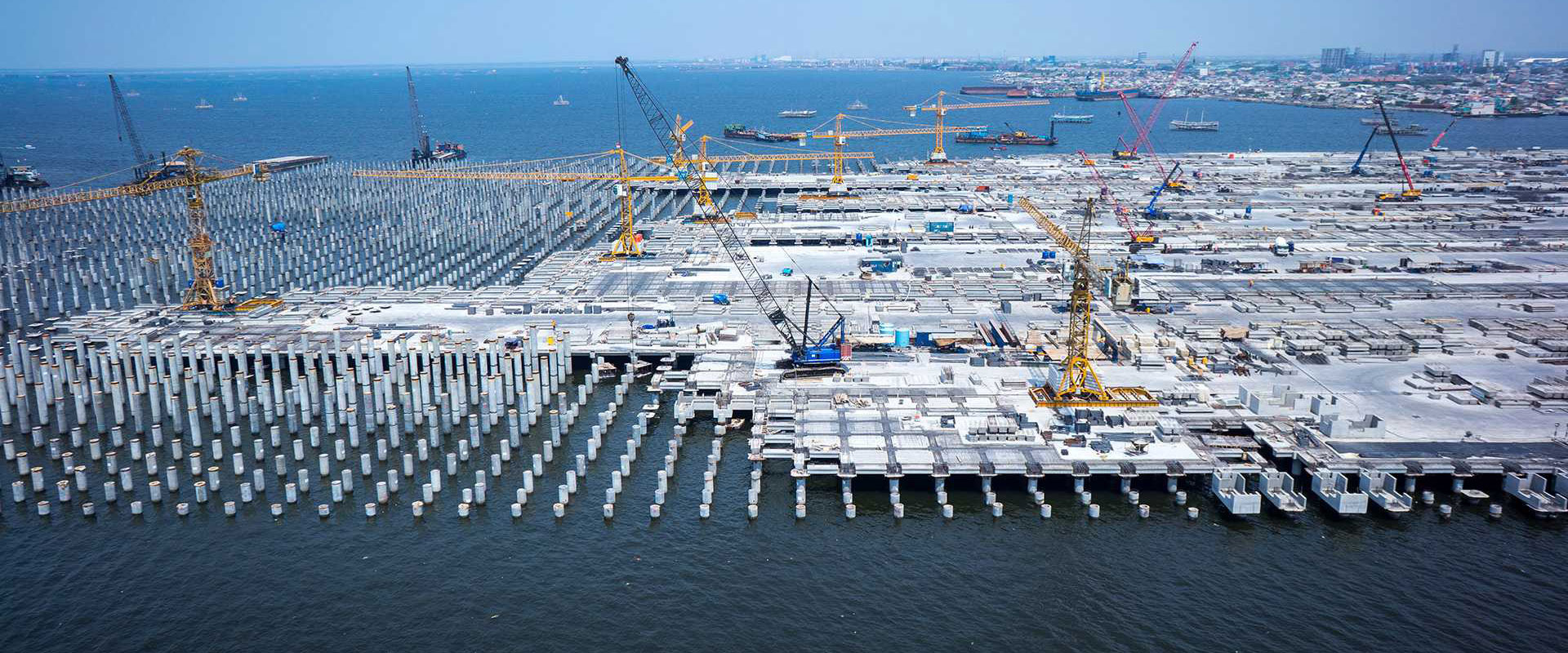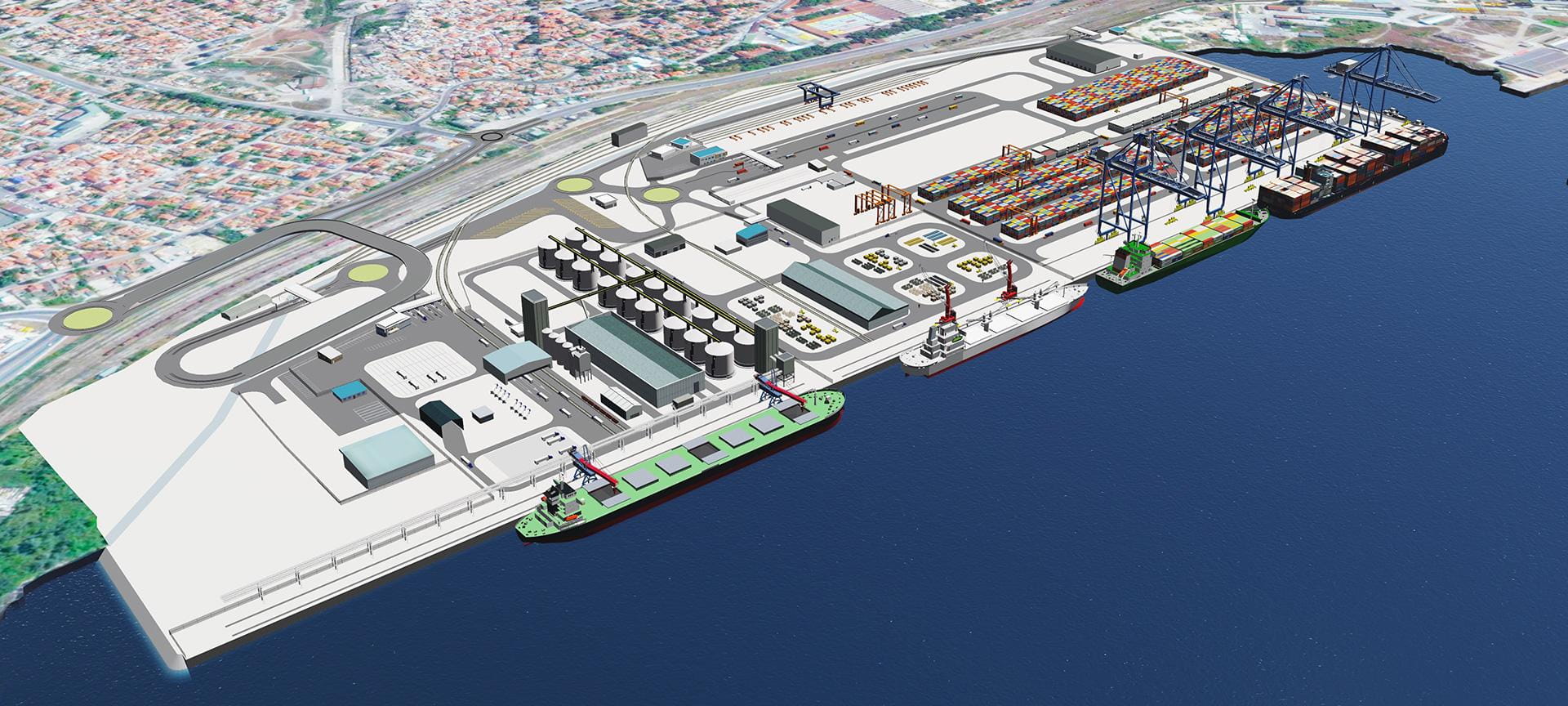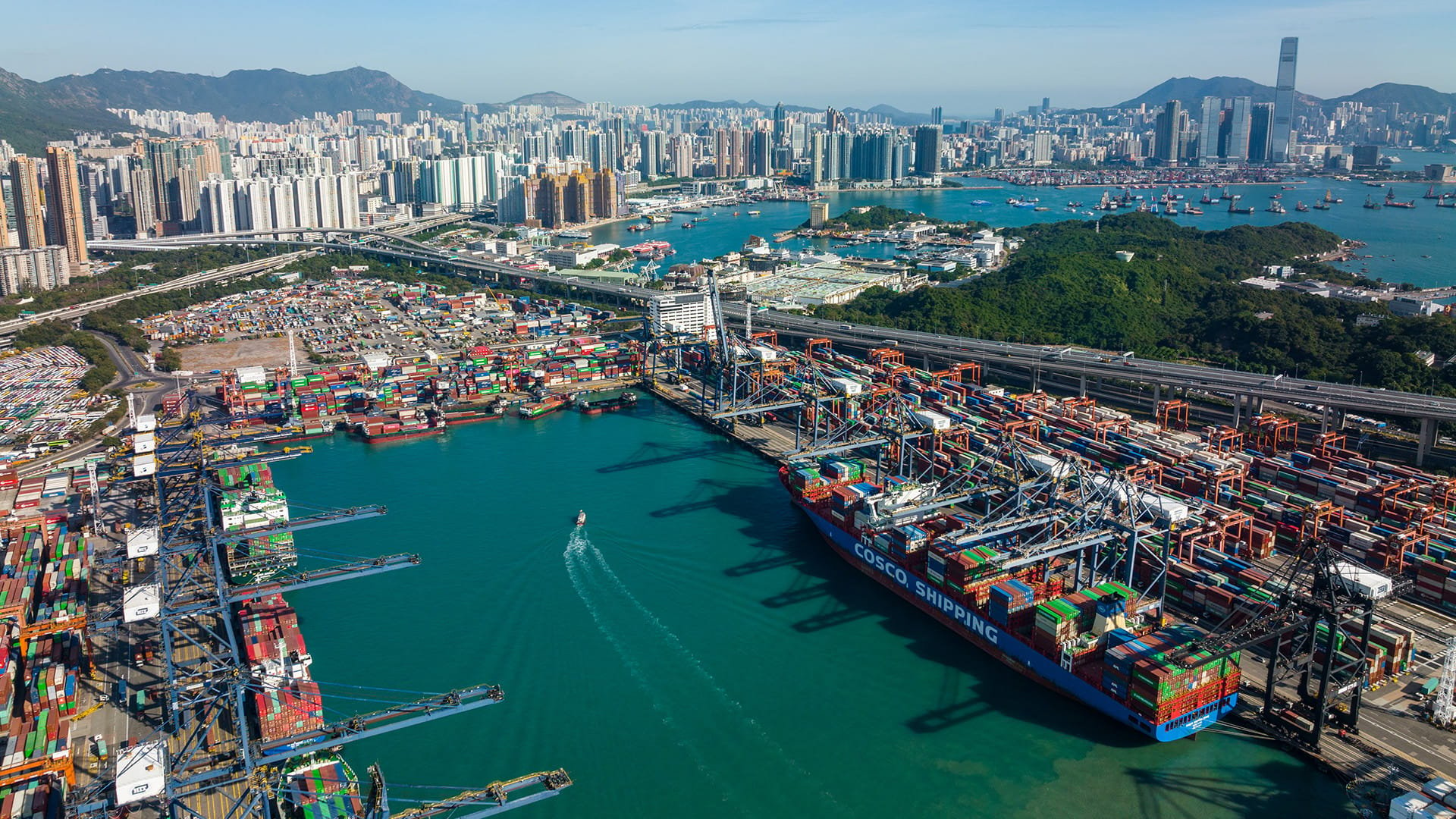Lotus Island: combining aesthetics and practicality at a coastal site

The result
Project facts
- ClientTTC Land Toan Hai Van Jsc
- LocationPhu Quoc Island, Vietnam
- ChallengeDesign marine infrastructure to be cost effective and aesthetically pleasing.
- SolutionDevelopment of reclaimed land, revetments, the canal vertical wall, beaches, and groynes proposed –including optimised flushing times.
- Period04/2018 -12/2018
The challenge: design marine infrastructure
Our client wanted the development to include a clearly defined and protected waterside boundary that would be both aesthetically pleasing and costeffective. But the island’s location opposite a port meant there was a high risk of polluted water affecting the development.Royal HaskoningDHV was tasked with developing the island’s marine infrastructure, including reclaimed land, revetments, the canal vertical wall, beaches, and groynes.
The solution: sustainable development of reclaimed land
We set about conducting numerical modelling to determine wave conditions, including the impact of typhoons and currents at the site. By using the results to model water quality, we were able to optimise the site’s layout, giving particular consideration to potential pollution sources and the need for suitable flushing times.
Making the most of the island’s size without encroaching on the development boundary was essential. We therefore used revetments rather than offshore breakwaters, designing each location based on nearby wave conditions.
The result: canals shaped like lotus flowers
As Lotus Island is a residential site, practicality and aesthetics were also priorities. The proposal included canals shaped like lotus flowers, so we designed vertical edges for direct water access and small craft moorings. What’s more, we worked with our client to create beaches along the coastline, designing groynes to minimise their visual impact on residential areas.
The works undertaken included:
- Numerical modelling
- Specifying and supervising site investigations
- Developing layout options
- Designing coastal structures–including reclamation, revetments, the canal vertical wall, and groynes
Further project metrics:
- 1.3 billion USD investment in the project by TTC Group
- 300 hectares in total, of which the lotus island measures 27 hectares –the landmark of the entire project
- The first artificial island ever built in Vietnam, shaped like a lotus flower, the national symbol
- 99 shophouses, 336 coastal villas, and other luxury hotels and shopping malls
This safeguards that the Lotus Flower project is being developed according to international standards by a firm with extensive experience and a remarkable track-record.




